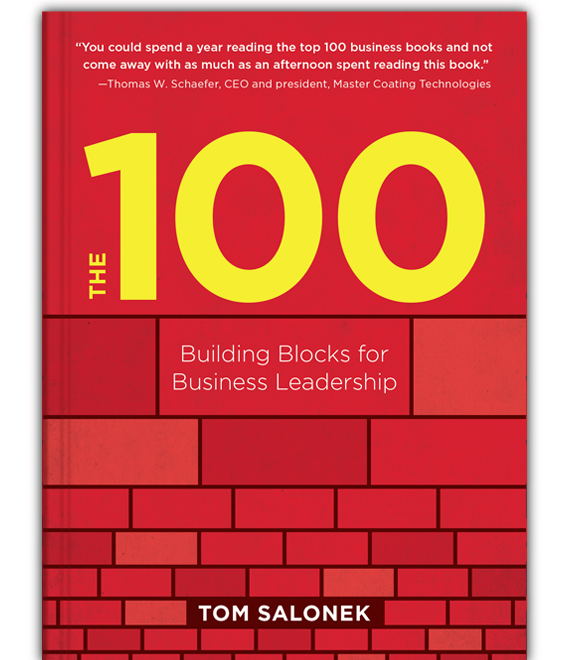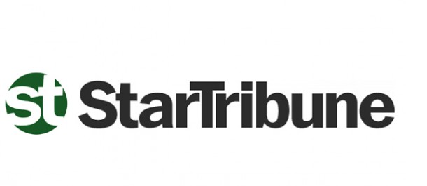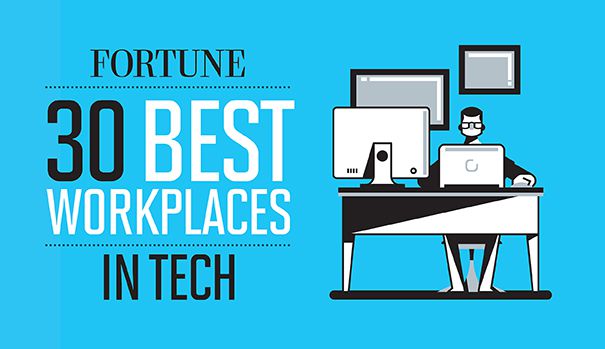 What makes a good customer? Isn’t it the job of a consultant to make the relationship work? Like all positive relationships, it’s a two-way street. Here are a few thoughts on being a good customer.
What makes a good customer? Isn’t it the job of a consultant to make the relationship work? Like all positive relationships, it’s a two-way street. Here are a few thoughts on being a good customer.
Be Flexible
It’s no secret it’s a tight market for talent. If you’re looking at the credentials of the team members down to the minor revision-level, you may lose out. For example, if there’s not a 100% fit to your technology set like a JavaScript library, have the team members used similar or competing frameworks?
Be Quick
Setup your process for interviewing a consulting firm or consultant to be thorough but quick to commit if you’ve found a fit. Top talent is rarely sitting on the sidelines for long.
Be Effective
- Communicate expectations
- Remove roadblocks and political boundaries
- Be active and engaged in the process and project
- Communicate
- Pay according to the terms
 On March 15th, my latest book will be released by Agate Publishing. The book is pre-released and now available on Amazon.com. I have a limited amount of free copies. If you’d like one, just fire me an email at tsalonek @ intertech.com and I’ll get a copy dropped in the mail.
On March 15th, my latest book will be released by Agate Publishing. The book is pre-released and now available on Amazon.com. I have a limited amount of free copies. If you’d like one, just fire me an email at tsalonek @ intertech.com and I’ll get a copy dropped in the mail. My thanks to Neal St. Anthony for interviewing me for the article
My thanks to Neal St. Anthony for interviewing me for the article  At the end of an engagement, we believe the customer should be stronger than when we started.
At the end of an engagement, we believe the customer should be stronger than when we started. Fortune magazine named Intertech to the
Fortune magazine named Intertech to the  What makes a good customer? Isn’t it the job of a consultant to make the relationship work? Like all positive relationships, it’s a two-way street. Here are a few thoughts on being a good customer.
What makes a good customer? Isn’t it the job of a consultant to make the relationship work? Like all positive relationships, it’s a two-way street. Here are a few thoughts on being a good customer.